For brands and buyers seeking to expand in the children’s oral care segment, sourcing a Non-Toxic Kids Brush OEM partner seems like a logical and safe starting point. After all, when products are labeled “non-toxic,” it should automatically imply they’re safe for children, right? However, beneath the marketing label lies a more complex reality — one that raises important questions about child safety beyond just material claims. In this article, we explore how “non-toxic” is defined, whether OEM claims are truly validated, and how manufacturers can go further to genuinely ensure child safety in every brush produced.
In the B2B manufacturing landscape, “non-toxic” is not a universally regulated term. While many Non-Toxic Kids Brush OEM suppliers claim compliance with safety standards, the depth of testing and the breadth of materials involved vary widely:
Thus, OEM buyers must clarify whether their suppliers are referring to a specific certification (like EN71, FDA, or CPSIA) or using a general, unverified marketing term.
Even with a “non-toxic” material base, multiple hidden design and production risks can compromise child safety, including:
OEM clients must ensure that the Non-Toxic Kids Brush OEM partner performs rigorous usability and mechanical testing — not just chemical composition checks. Company web: https://www.powsmart.com/product/electric-toothbrush/
True child safety involves end-to-end thinking in design, including:
When OEMs cut corners on these design elements — even with “non-toxic” components — the child safety profile deteriorates significantly.
Before placing a private-label or branded order, OEM buyers should demand the following from their Non-Toxic Kids Brush OEM partner:
A supplier that simply claims “non-toxic” without proof of these safeguards may be risking more than just their client’s trust — they could be risking end-user safety.
For brand owners in the kids’ oral care segment, child safety isn’t just a compliance issue — it’s a powerful brand value. Today’s parents are highly sensitive to:
Working with a proven Non-Toxic Kids Brush OEM that exceeds industry safety standards can become a key differentiator in a saturated market.
While sourcing from a Non-Toxic Kids Brush OEM is an essential first step, it does not guarantee child safety unless it’s backed by intelligent design, multi-layer testing, and responsible production oversight. Brands aiming to build long-term trust in the children’s segment must demand more than material labels — they must build partnerships with OEMs who prioritize the full lifecycle of safety, from material to mouth.
At POWSMART, we believe safety begins with precision and ends with accountability. If your brand values transparency and protection for the youngest users, we’re ready to support your vision with real, tested safeguards — not just labels. Contact us
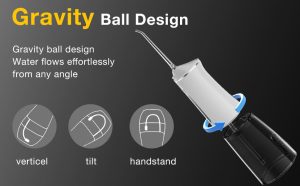
Electric Toothbrush for Kids with Timer – Bulk Supplier for Schools & Dental Programs
.jpg)
40,000 VPM Smart Sonic Toothbrush OEM: High-Frequency Cleaning Technology
Can Contact Oxidation Lead to Weak Pressure?
.jpg)
Selling Water Flossers in the US? A Guide to Mandatory Certificates from Your OEM

Does POWSMART Sonic Brush OEM Pose Overheating Risks?
High-Performance Electric Toothbrush for Braces – Bulk Supply for Dental Clinics
Are Runtime Drop and Thermal Failure Related?
.jpg)
Confused About Electric Toothbrush Minimum Order Quantity?

Custom Smart Toothbrush Manufacturing: From Design to Mass Production
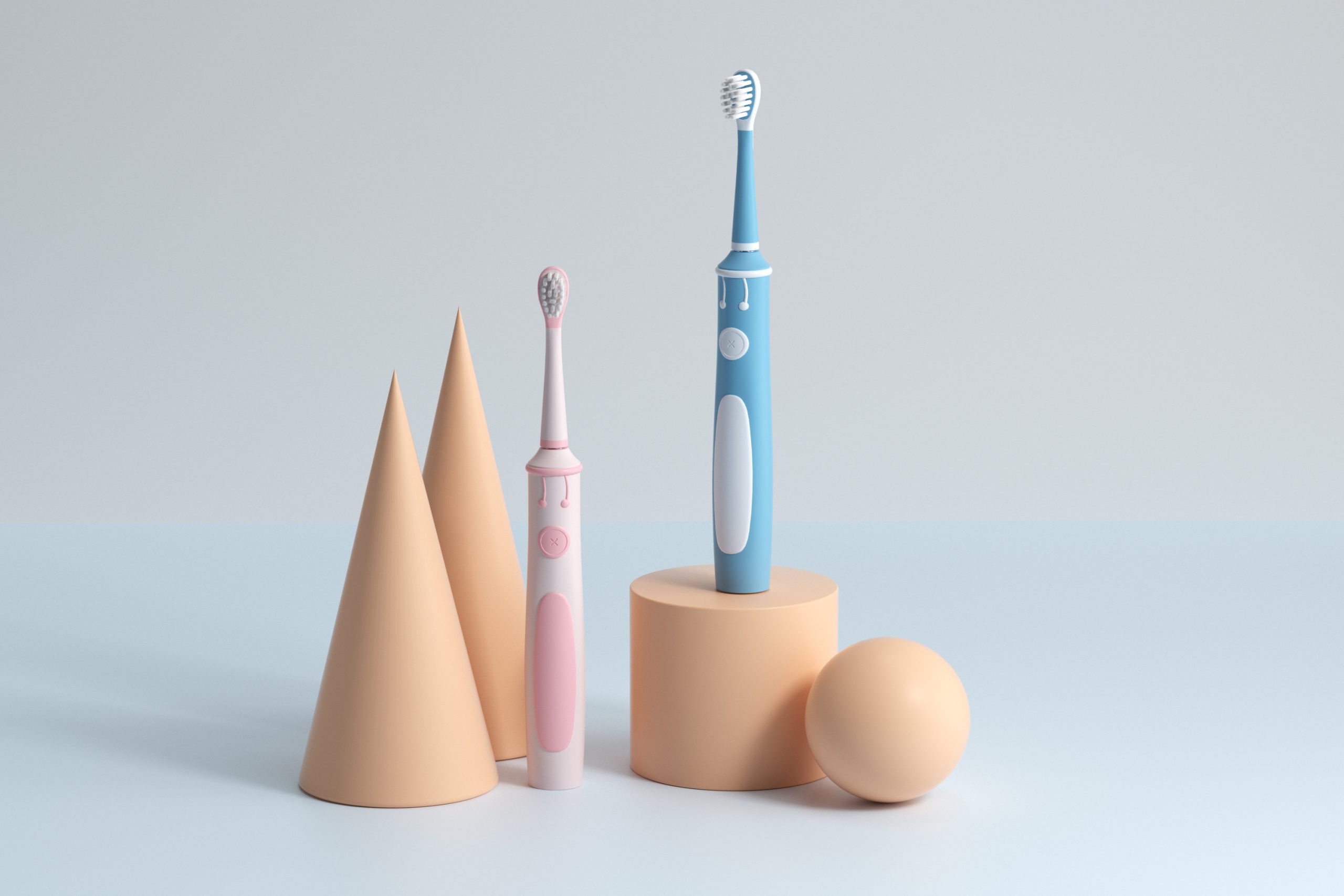
Travel-Friendly Smart Toothbrushes: Compact & Rechargeable Options
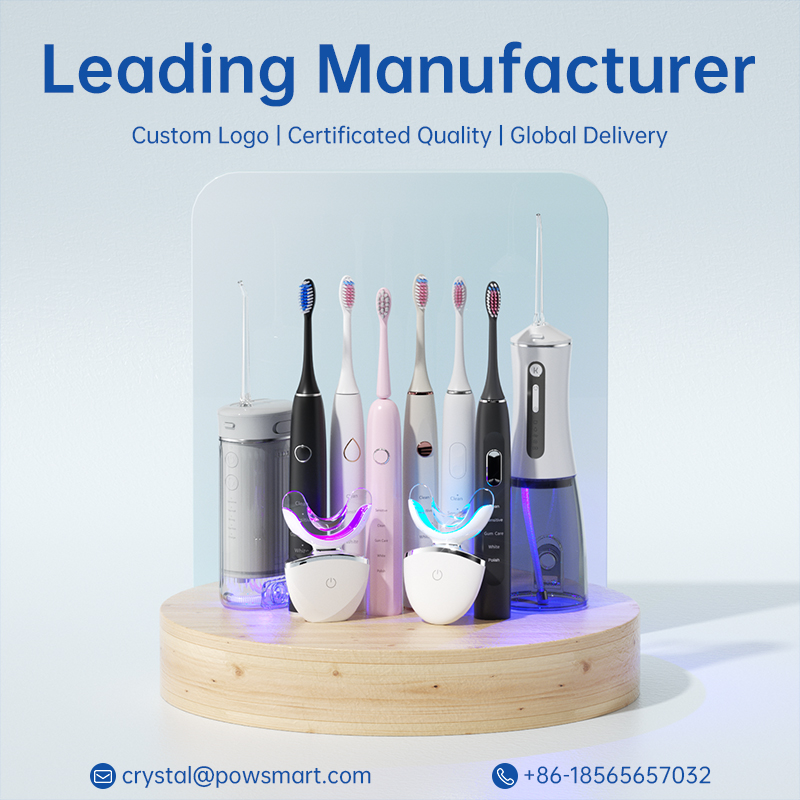
Building the Perfect School Hygiene Kit: Product Selection & OEM Manufacturing
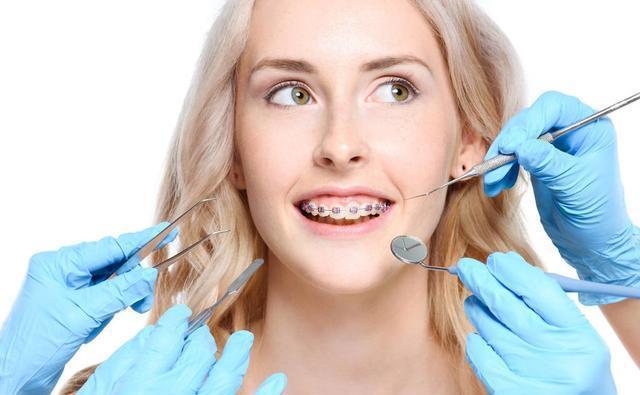
Does Braces Cleaning Electric Toothbrush Cause Sensor Failure?
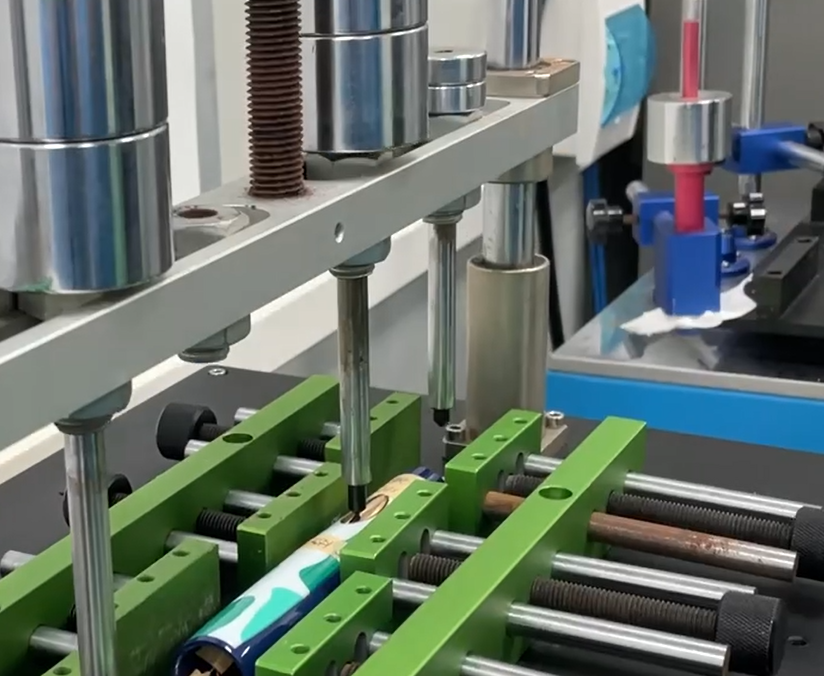
Tips for choosing a High-Quality Electric Toothbrush Factory for Your Oral Care Brand
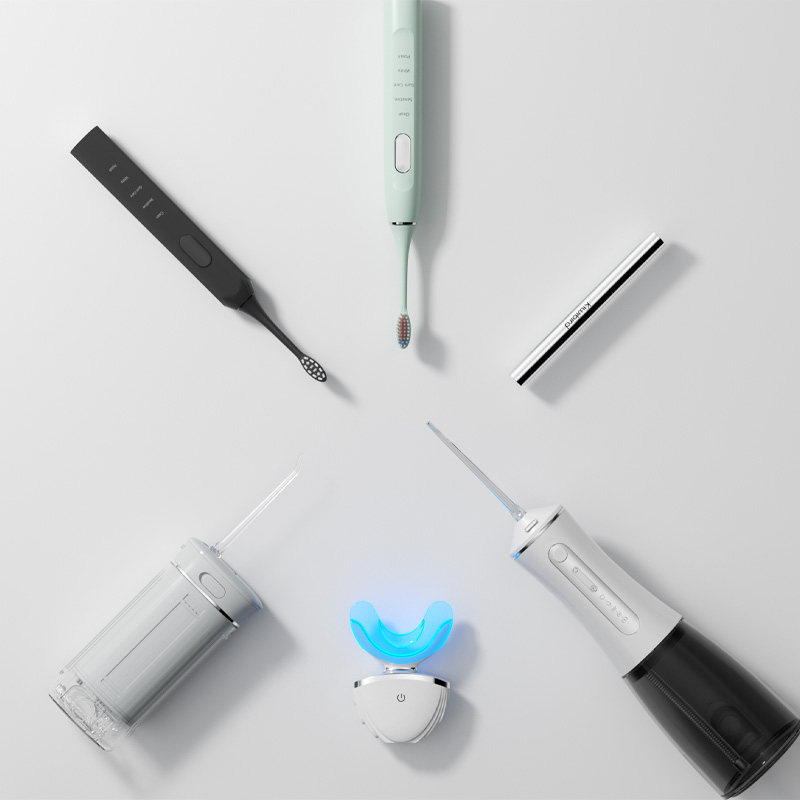
Does POWSMART Toothbrush Wholesale Order Involve Material Degradation?
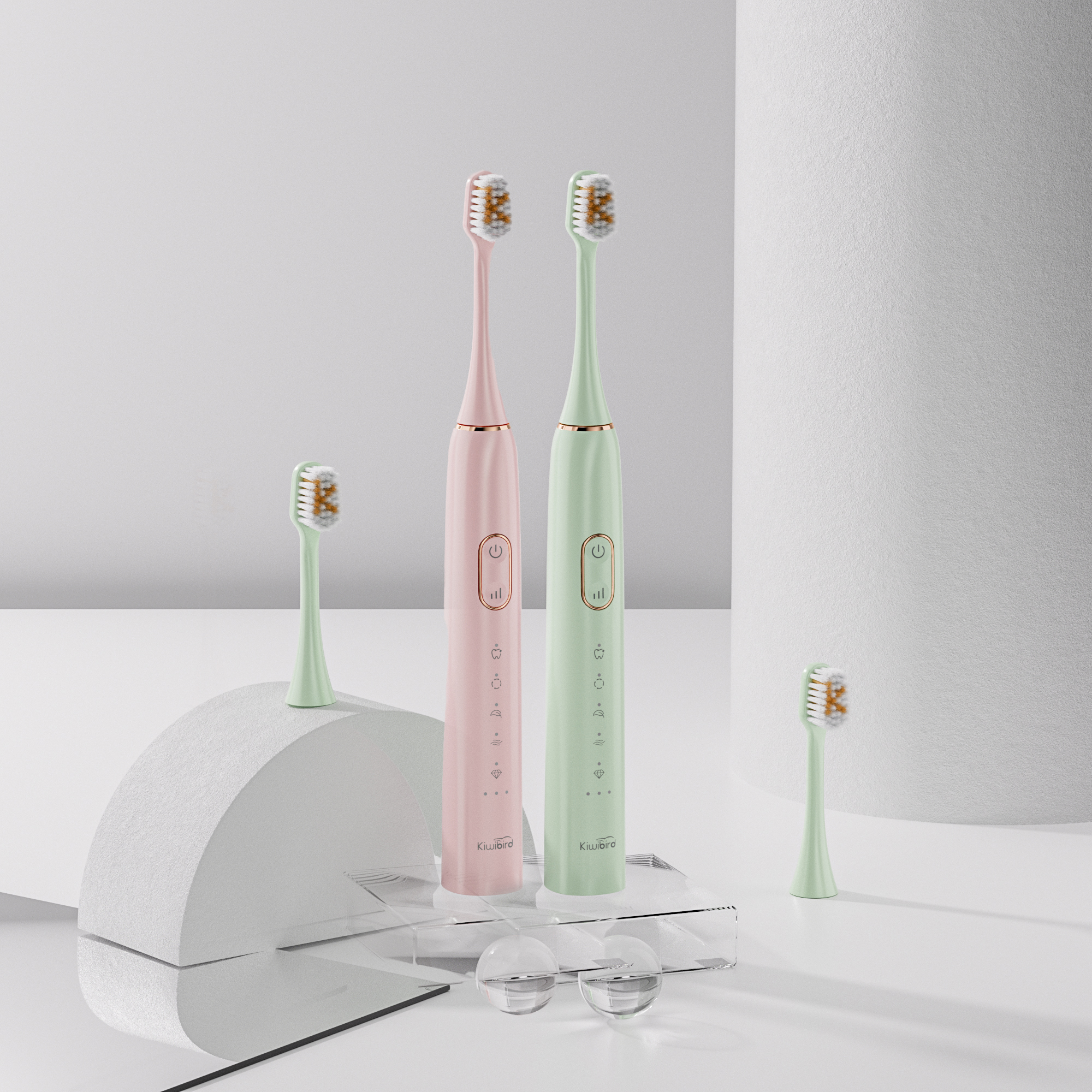
Does Deep Clean Toothbrush Mode Cause Timer Malfunction?
Do Mode Malfunction and Pulse Instability Compromise Device Stability?

electric toothbrush heads Regular Clean

electric toothbrush heads Ultra Soft

electric toothbrush heads Deep Clean
.jpg)
Florida Electric Toothbrush – Powsmart PTR-C8

Customization Teeth Whitening Gel

Private Label Whitening Gel

electric toothbrush heads Charcoal Infuse-Round

Electric toothbrush heads Charcoal Infused-Diamond
whstapp
whstapp
National Toll-Free Service Hotline
+86 755 86238638